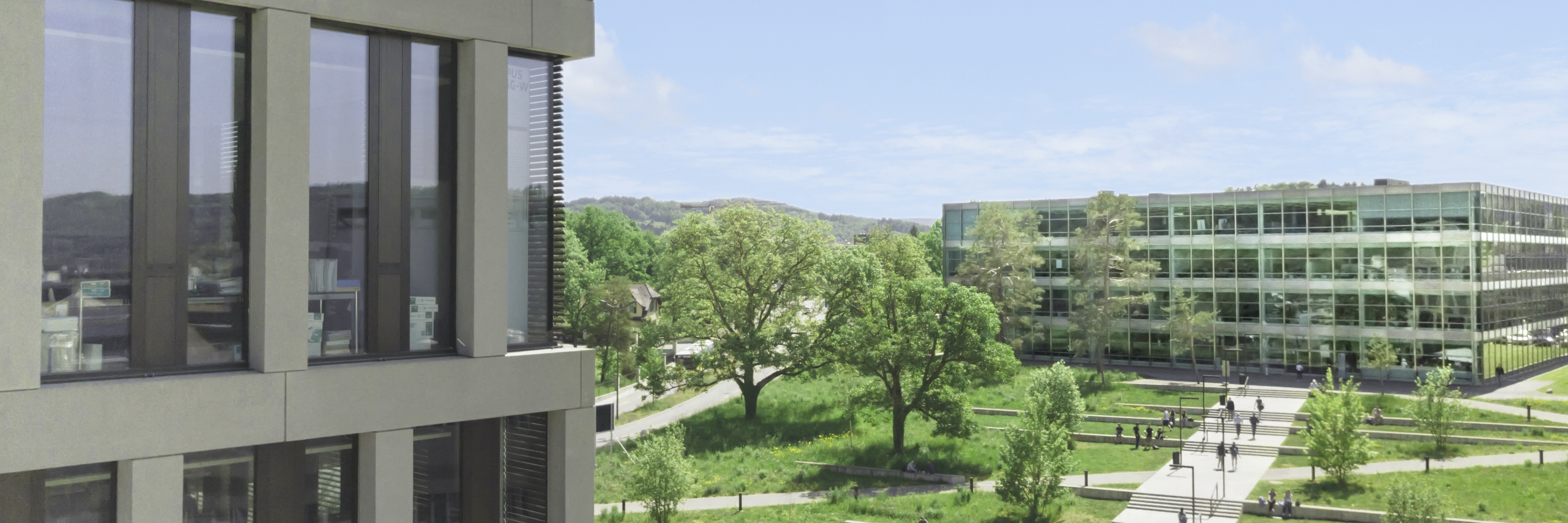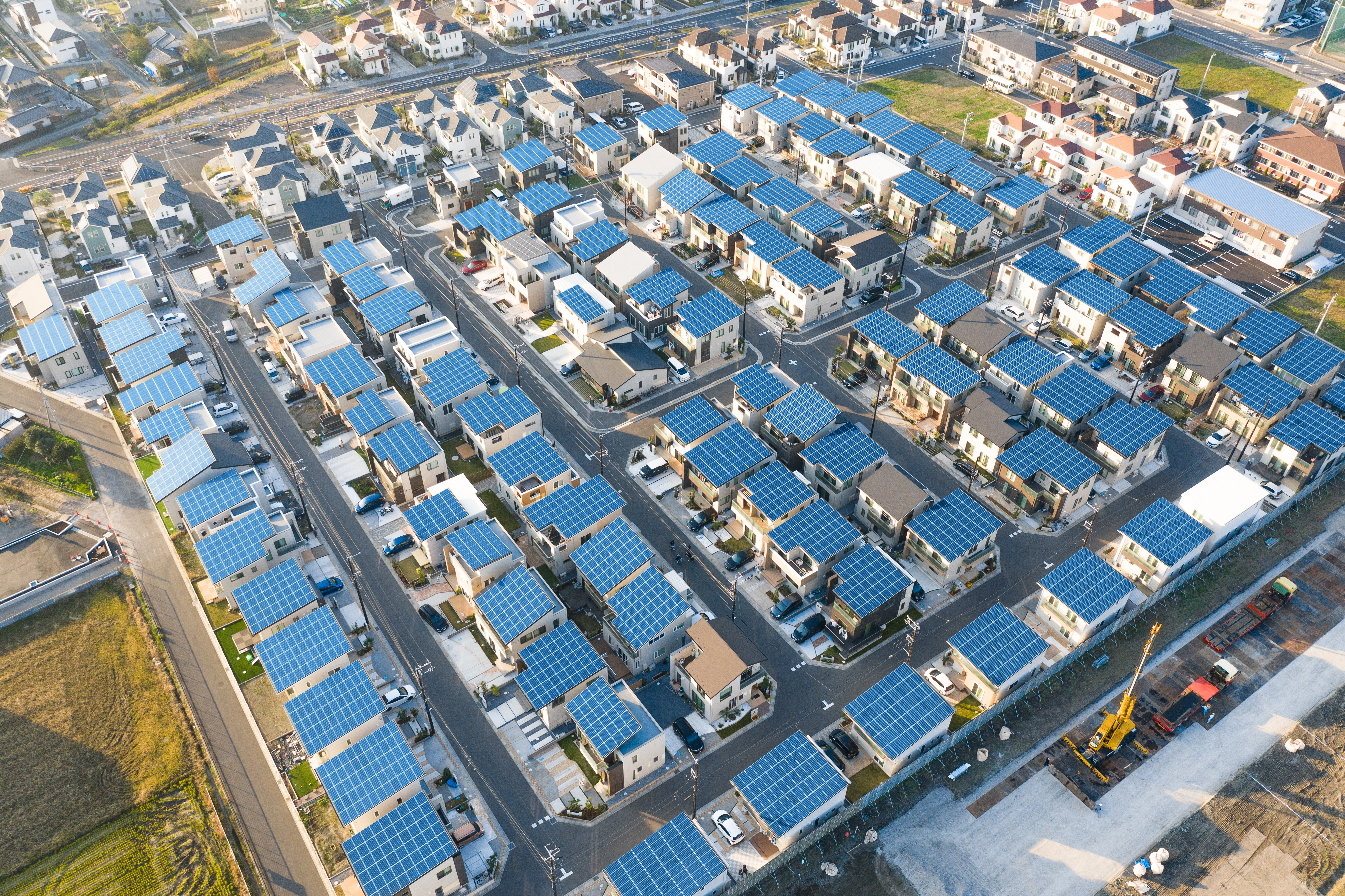Grid friendliness of residential buildings - development of an evaluation method
With increasing fluctuation of production and consumption of electrical energy in buildings, the developed method evaluates the effects on the electrical grid.
State-of-the-art energetic rating methods for buildings typically focus on the building itself and do not consider the interaction between the building with its infrastructural environment. However, in the context of the Swiss Energy Strategy 2050, more devices that may impose a higher stress on the local distribution grid (e.g., photovoltaics, EV charging stations) will be installed in buildings. In a joint project of the Universities of Applied Sciences for Engineering and for Architecture, Construction and Geomatics, a method was developed to evaluate the influence (the "grid friendliness") of a building on the connected distribution grid.
- Definition of an evaluation method for the electric grid compatibility of a building ("grid serviceability" or “grid friendliness”)
- Application of the evaluation method to different local networks with building expansion scenarios "today", "2035" and "2050", as well as load management methods "internal consumption optimization" and "performance optimization”
- Tool for architects and building planners to assess the compatibility of a new building or building upgrade with the local network environment and avoid expensive network extensions where possible
The developed method quantifies the effects of different input variables (e.g. installed PV power, heat demand) of a building on the defined parameters of the grid (e.g. voltage limits, line and transformer load). The sum of the ratings of the individual parameters is summarized in the so-called grid friendliness of the building.
The application of the method on two different networks has yielded plausible results. To verify the general validity of the method, further investigations on different distribution networks are necessary.
Client | |
Execution | FHNW School of Engineering: Institute of Electric Power Systems |
Research partner | AEW, IWB |
Duration | 2 years |
Funding | |
Project team | FHNW School of Engineering: Dr. Christoph Hunziker, Thomas Keller, Luca Fankhauser, Tobias Schmocker, Prof. Dr. Nicola Schulz |



